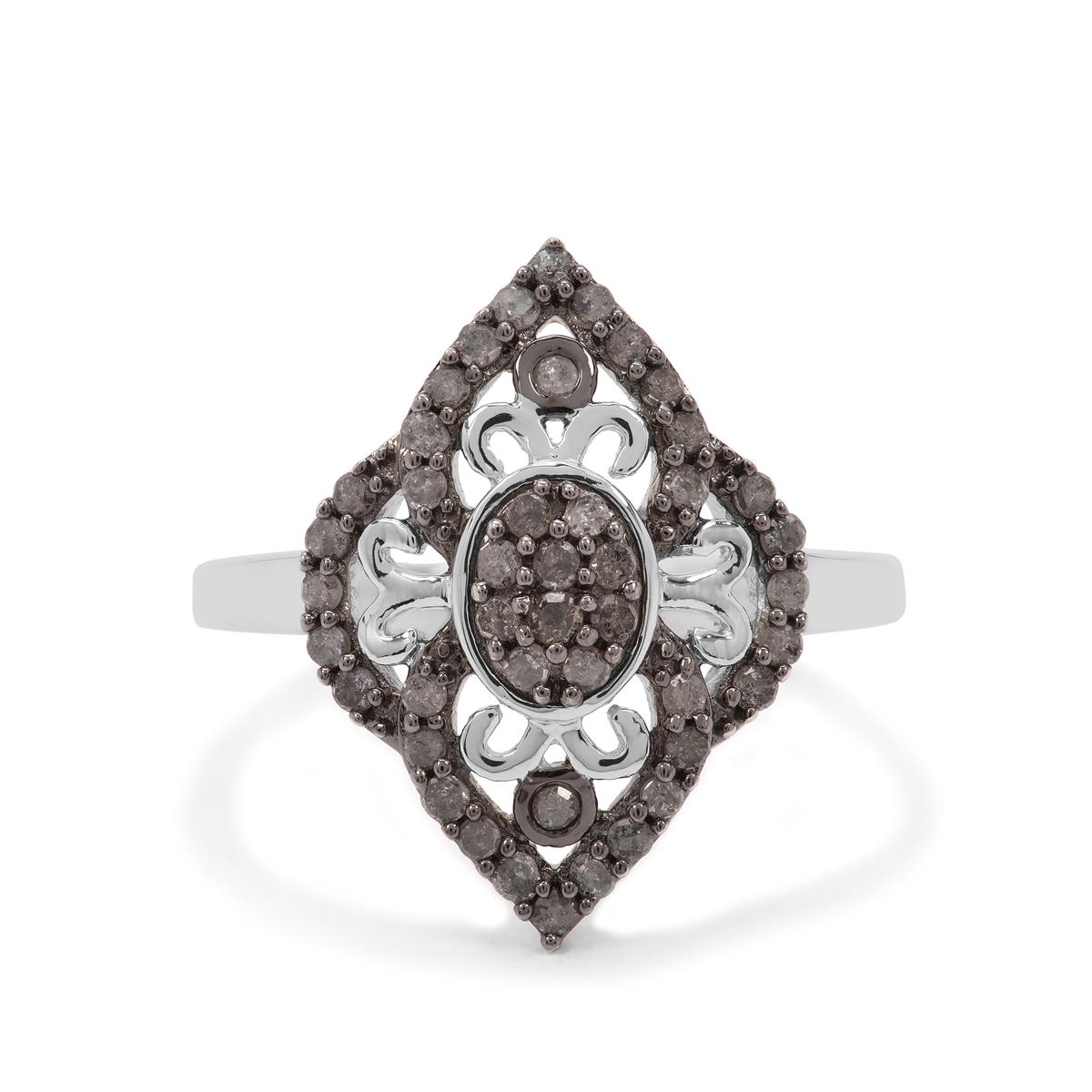stratobuddy
Registered Shopper
I can't really agree with that. If they are identical to diamonds and can't be told apart, then it is the natural diamonds that are over-rated. I believe lab diamonds have to me marked as such, and that's why they don't hold their value. There is nothing intrinsically valuable in a "real" diamond, it is just a snobbery thing.Spot on. One of the key things that gives diamonds its price tag is its perceived rarity.
Anything created in a lab can be made in endless amounts - so they have no rarity appeal at all.
I think the only reason people buy them is because marketing people have brainwashed people into thinking "they're as good as the real thing - but cheaper".
They're actually quite pointless really.
So if you like the appearance of a brilliant-cut diamond, it makes no difference whatsoever whether it is real or lab.
It's a bit like real fur, which is now completely out of fashion, and probably synthetic fur is just as good anyway.




